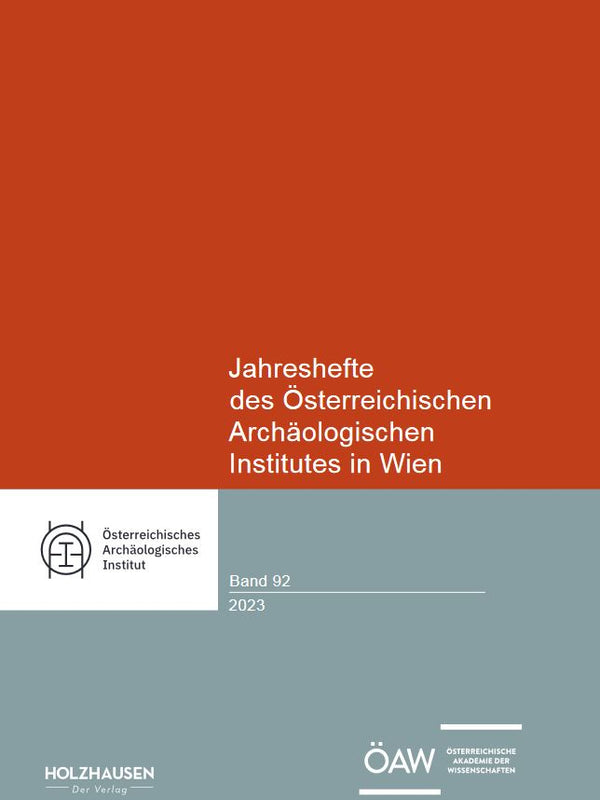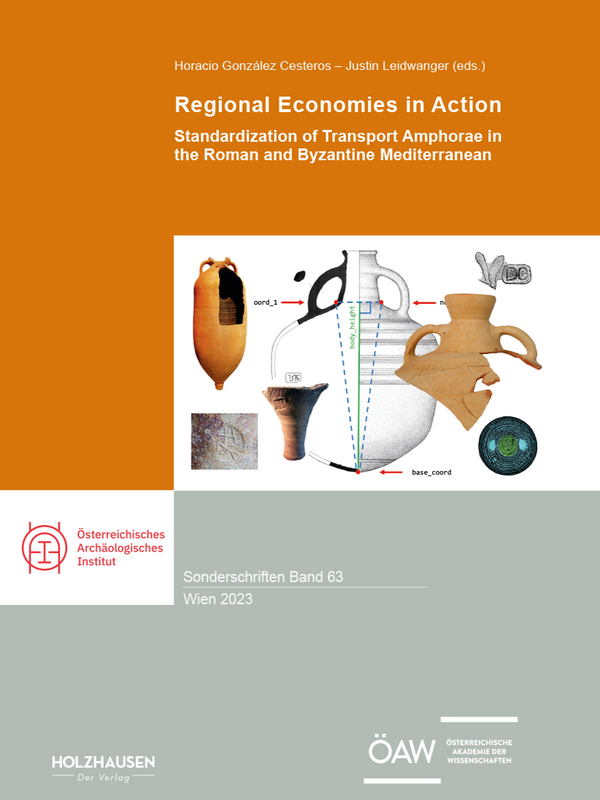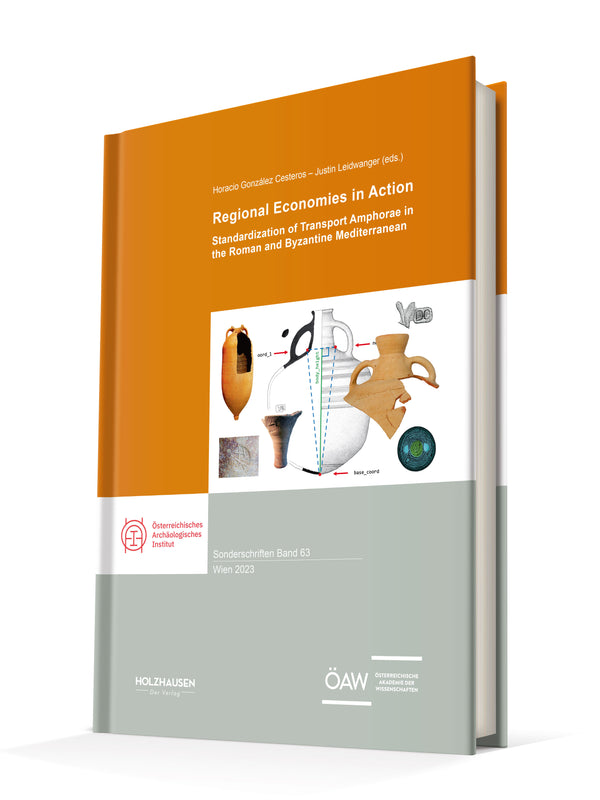€90,00
Verfügbar: 0
SoSchrÖAI Band 61 | Roman Provincial Capitals under Transition. Proceedings of the International Conference held in Plovdiv 04.–07. November 2019
Sonderschriften des Österreichischen Archäologischen Institutes in Wien
Hrsg.: Milena Raycheva – Martin Steskal (Eds.)
424 Seiten | 21 x 29,7 cm | Hardcover | EUR 90,00 | ISBN: 978-3-903207-60-8
ISSN: 1998-8931| ET: 01/2022
Produktsprache: Englisch
Beschreibung:
Im November 2019 wurde in Plovdiv/Bulgarien das internationale Symposium »Roman Provincial Capitals under Transition« als gemeinsame Veranstaltung des National Archaeological Institute with Museum der Bulgarischen Akademie der Wissenschaften und des Österreichischen Archäologischen Instituts der Österreichischen Akademie der Wissenschaften abgehalten. Das Symposium brachte Beitragende aus unterschiedlichen Wissenschaftstraditionen der Altertumswissenschaften und der Archäologie zusammen, sodass das Themenfeld der Hauptstädte des Römischen Reiches geografisch möglichst breit und diachron beleuchtet werden konnte.
Geografischer Rahmen der Konferenz war das gesamte Römische Reich – von Tarraco bis Tomis und vom Donaulimes bis Nordafrika. Zwei Jahre nach der Konferenz präsentieren die Herausgeber nun 20 thematisch breit gefächerte Beiträge in sieben thematischen Sektionen.
Neben allgemeinen Überlegungen zu den wesentlichen Charakteristika von Hauptstädten und ihrer Verwaltung werden folgende Themen diskutiert: Wie werden Städte zu Hauptstädten? Besitzt jede Provinz eine Hauptstadt oder mehrere administrative Zentren? Wo residierte der Statthalter? Wie manifestierten sich Statthaltersitze in architektonischer Sicht? Wie umfangreich war das Personal des Statthalters? Wie reagierten Städte auf die Tatsache der Hauptstadtwerdung in städtebaulichem Sinn? Wie entwickelten sich Hauptstädte ökonomisch? Welche Handelsbeziehungen verbanden sie mit anderen Städten in der jeweiligen Provinz oder anderen Hauptstädten? Wie reagierten Hauptstädte auf Phasen der Krise im Reich und Umstrukturierungen der Provinzen? Welchen Einfluss hatten administrative Zentren und die Präsenz der römischen Administration auf die Entwicklung der Kunst?
Das breite Themenspektrum und die intensiven Diskussionen zu Verwaltung, urbaner Entwicklung und materieller Kultur zeigen die nach wie vor hohe Relevanz der Thematik römischer Provinzhauptstädte.
Description:
In November 2019 an international symposium on »Roman Provincial Capitals under Transition« took place in Plovdiv, Bulgaria, as a joint session of the National Archaeological Institute with Museum of the Bulgarian Academy of Sciences (NAIM-BAS), and the Austrian Archaeological Institute at the Austrian Academy of Sciences (OeAI).
The goal of the symposium was to bring together participants from the fields of classical studies and archaeology from different scientific traditions, in order to spotlight the thematic field of the capital cities of the Roman Empire in as broad as possible a manner from a geographical and diachronic perspective. Invited participants from twelve countries presented a wide range of scientific questions related to Roman and late antique cities known as capitals at a certain time of their existence. The geographic span of the conference covered most of the territories of the Roman Empire – from Tarraco to Tomis, and from the Danube limes to North Africa – including cities such as Salona, Viminacium, Stobi, Corinth, Ephesos, Patara, and many more. Two years after the conference the editors present 20 thematically diverse contributions within seven thematic sections: In addition to general considerations regarding the essential characteristics of capital cities and their administration, the following issues are dealt with: How did cities become capital cities? Did every province have a capital city, or a number of administrative centres? Where did the provincial governor reside and what did the seats of the governor look like from an architectural viewpoint? How extensive was his personnel? How did cities respond to becoming a capital in terms of urban planning? How did capital cities develop economically? Which trade relations connected them with other cities in the respective province and with other capital cities? How did capital cities react to phases of crisis in the empire and to restructuring of the provinces? What influence did administrative centres and the presence of the Roman administration have on the artistic development?
The wide range of topics and discussions from different perspectives regarding administration, urban development and material culture show the continued high relevance of the topic of Roman provincial capitals.
Sonderschriften des Österreichischen Archäologischen Institutes in Wien, Band 61 © 2022 by Österreichisches Archäologisches Institut is licensed under CC BY 4.0
DOI: 10.61048/OEAI/SOSCHR61
Tags:
archaeologia,
buch.reihe,
open.access,
SoSchrÖAI - Sonderschriften des ÖAI,
ÖAI











